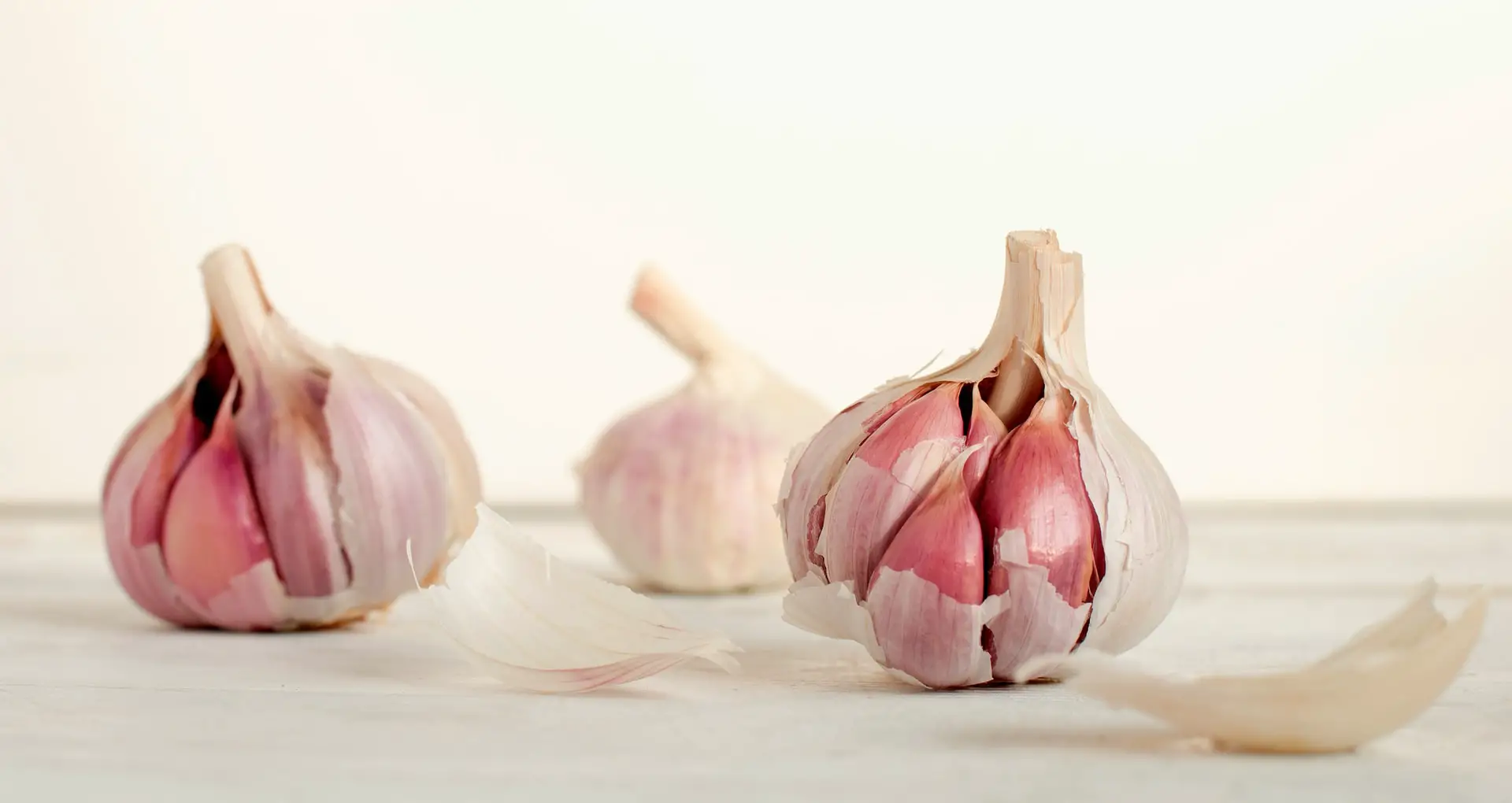Looking to grow seedless vegetables? There are a lot of different types of vegetables that don’t contain or require seeds to plant them.
Seedless vegetables will require a slightly different growing technique. However, this isn’t difficult, and they are perfect for those looking to focus on sustainable growing.
Ready to discover the types of vegetables without seeds you can grow? Let’s look at some of the most common varieties you might want to start with…
Onions, garlic, and ginger

Onions, garlic, and ginger are some of the most common seedless vegetables. They follow a similar growth process, and are great for growing for personal use, or to sell on your farm or homestead.
Ginger can be grown from scraps in a pot with specialist nutrient-packed soil. Simply plant the scraps of garlic, and within days you’ll start to see it growing. You can also grow onions and garlic using pretty much the same method.
To grow onions without seeds, cut the bottom end off and plant it in nutrient-rich soil. It takes around 90-120 days to grow and start producing onions. Before you plant the onion, you’ll want to dry it out for a day before placing it over a cup of water. Secure the onion with toothpicks so that only the knobble bit at the very bottom is submerged in the water. Leave it to grow for 3-4 days before planting it in the soil.
Garlic is one of the easiest seedless vegetables to grow. You simply plant a whole bulb in mid-fall, and by next year you’ll have plenty of delicious garlic ready to eat or sell. You’ll know when the bulbs are ready as the lower leaves of the plant will have browned over.
Potatoes

Potatoes are one of the most versatile types of seedless vegetables to grow. Used in all kinds of industries and recipes, this popular produce is also easy to grow.
All you need to do is wait for store-bought potatoes to start sprouting. Once they do, plant them in the ground. Spring is the best time to plant them, and you will need to use a fertilizer high in nitrogen to ensure they grow well.
Potatoes need to be watered frequently, especially when they are flowering. It takes roughly 90 days for potatoes to mature, however, this will depend upon the variety you grow.
Carrots and parsnips

Carrots and parsnips are other types of vegetables without seeds you can grow. While it might seem logical that the two can grow together, they are prone to the same pests and diseases. This means if you grow them close together, they will be at an increased risk of developing disease and attracting insects.
You will find these vegetables grow best in a sandy loam soil. They should always be planted directly in the ground and not in pots.
Cut the top of the carrots and parsnips and insert toothpicks into either side of them. Next, place the tops into water, suspending them out of it so that only the tip of the bottom edge of the stump is submerged. Leave them for a few days until roots start to grow. They are now ready to be planted in soil.
Carrots and parsnips grow quite quickly, so it won’t take long to see the results of your hard work. It also makes them an easy seedless vegetable to plant.
These are the most common types of vegetables without seeds. If you want to plant them on a larger scale, it is better to choose seeded varieties where possible. However, for homesteads and those focusing on sustainable gardening, seedless vegetables can be quick and stress-free to grow.

